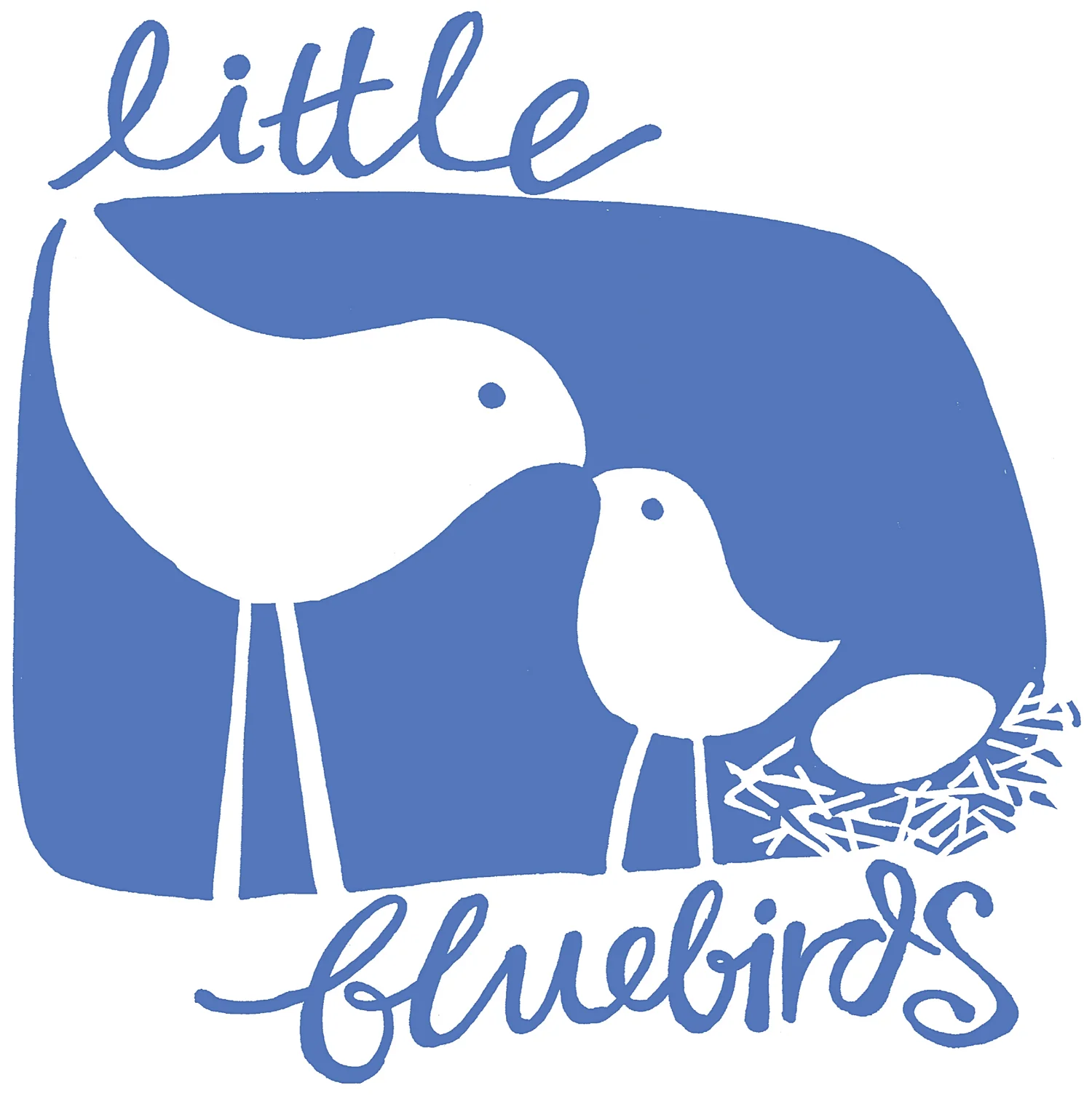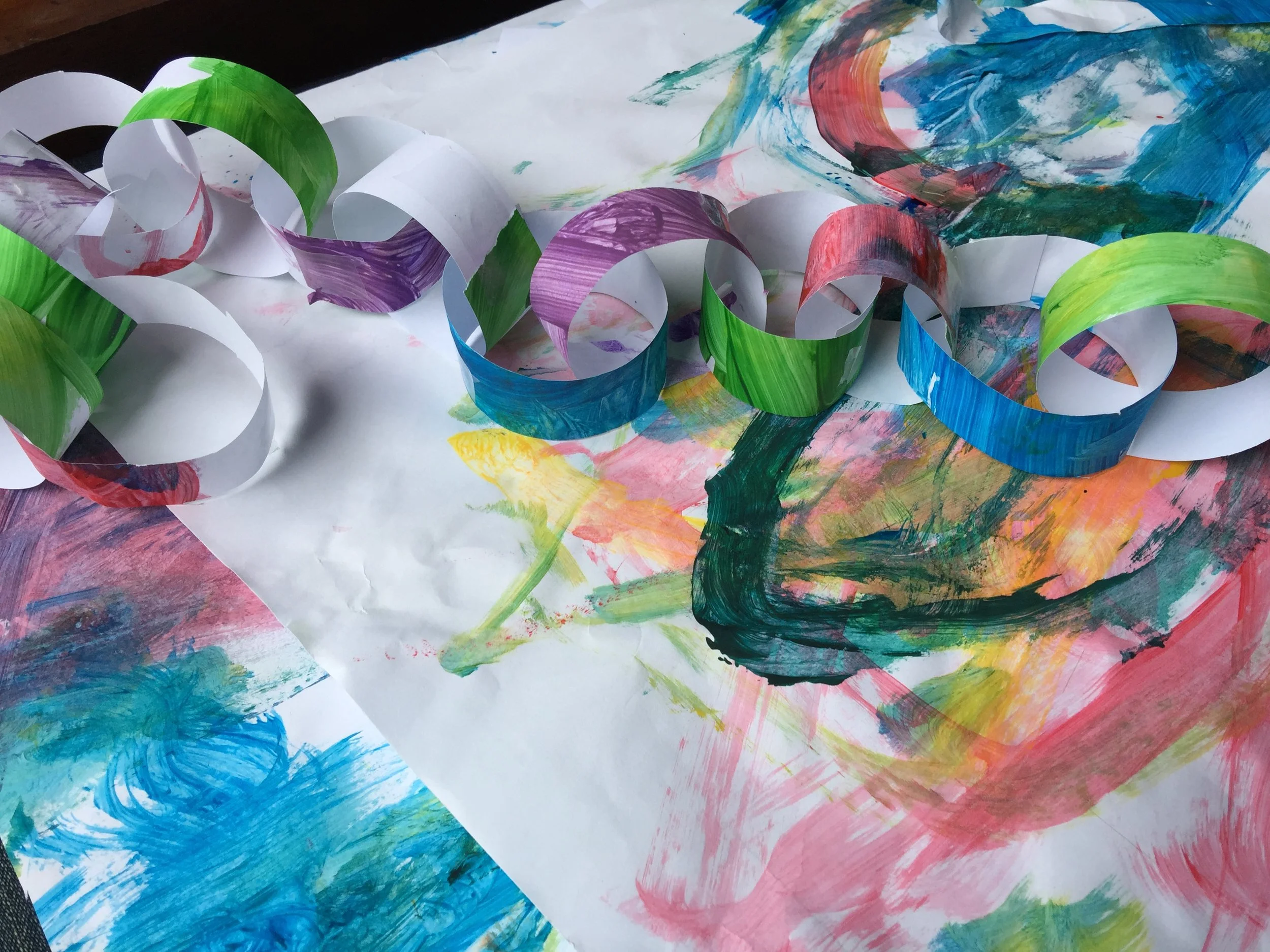Snails, snails, everywhere!
The common garden snail is a strange creature. Many adults can’t stand them as they get into the vegie patch and eat the herbs, strawberries and vegies. They are also just gooey and yuck. Ask the kids though and snails can become fascinating creatures! Once you get over the initial ickiness of touching a snail and learn more about them, you may be surprised at how wonderful they actually are.
A common garden snail (Cornu aspersum)
Here are some fun reasons to go looking for snails in the garden;
1. They make great pets – they are small, slow and easy to catch. All you need is a box, some water and some vegetable leaves and you have a whole snail farm (once you’ve found the snails of course). The added bonuses are that they cost nothing, and you can rescue your plants from being eaten by removing them from the garden bed!
2. They are slow and peaceful - The pace of life in the modern world is fast and frenetic! It’s loud, busy and quick. Hang out with the snails for a while and feel yourself relax into a slower pace of life.
3. You will learn something - See whether you can answer your children’s questions about snails! I found out that I knew very few facts about snails initially. This was easy to change and we all learnt a thing or two in the process.
Some of the questions I was asked were;
a. Do snails have teeth? Yes they do! Thousands of them! Different species have differing numbers that are organised in rows on their radula (a tongue-like structure).
b. Do snails have ears? No they don’t, but they can detect some sound through vibration.
c. Do snails hatch from an egg with their shell on? Yes, but it’s not the same as the shell that they eventually grow into. It is called a “protoconch” and is soft and colourless.
d. How do they poo? This is a standard question really, for young children to ask about any animal (that and "do they fart?")! Their food waste leaves their body through a hole in the shell, as I witnessed after only a few minutes of being with the snails!
This is the exit hole for waste!
e. Do snails leave their shells and find new one? A garden snail cannot just leave its shell behind (unlike some crustaceans), the shell grows bigger along with the rest of the snail. An empty snail shell in the garden is a dead snail!
f. If the shell is a bit cracked, can the snail recover? Yes and no. If it has been squashed enough to damage the body of the snail, then it is unlikely to recover, but a small break in the shell can be repaired (phew! This question was asked after one of our snails was dropped and its shell cracked slightly…it did recover within a couple of days).
g. Can I put it on my face? Yes it seems you can. It turns out that "snail mucous" is quite the popular beauty trend in some parts of the world (in a cream though, not with snails applied directly to your face!!)
h. Are they really that slow? For a slow-moving creature, I was surprised at the pace the snails could travel. If you leave them for a few minutes, they’ll be all over the bench when you come back! You could always have a snail race to find out which is the quickest!
5. You can explore patterns - If you have a child with an eye for patterns (either from an artistic or a mathematical point of view), then have a look up close at the snail shells. Another pattern comes from the movements of snails on the footpath, leaving long, silvery trails.
Next time you’re in the garden, finding snails annoying because they have eaten your basil, perhaps you'll take a moment to appreciate the wonderful creatures they really are. BUT... a word of caution. Whilst they are apparently harmless (and even a delicacy in some parts of the world, although a different species to the common garden snail), you might want to keep an eye out that your baby doesn't have a munch. Those who are still exploring the world through their mouth by throwing anything into it will no doubt be delighted to have a munch on a snail, but this is often a step too far for parents!! Also be sure that there are no snail pellets around as these can be toxic to children and pets.
Sailing in the rain
On an end note…there will come a time when your kids are bored by the snails and you may find you can’t just poison them or feed them to the chickens because they have become family members! Nor do you want to put them back in the garden to continue eating your seedlings/plants. My solution to this dilemma was to take the new snail family and leave them together in a public garden where there are no vegetables growing, but they have a chance at successfully continuing their lives. We have since checked on them and they are nowhere to be seen…another one of Nature’s valuable life lessons leading to another round of questions from the kids!








